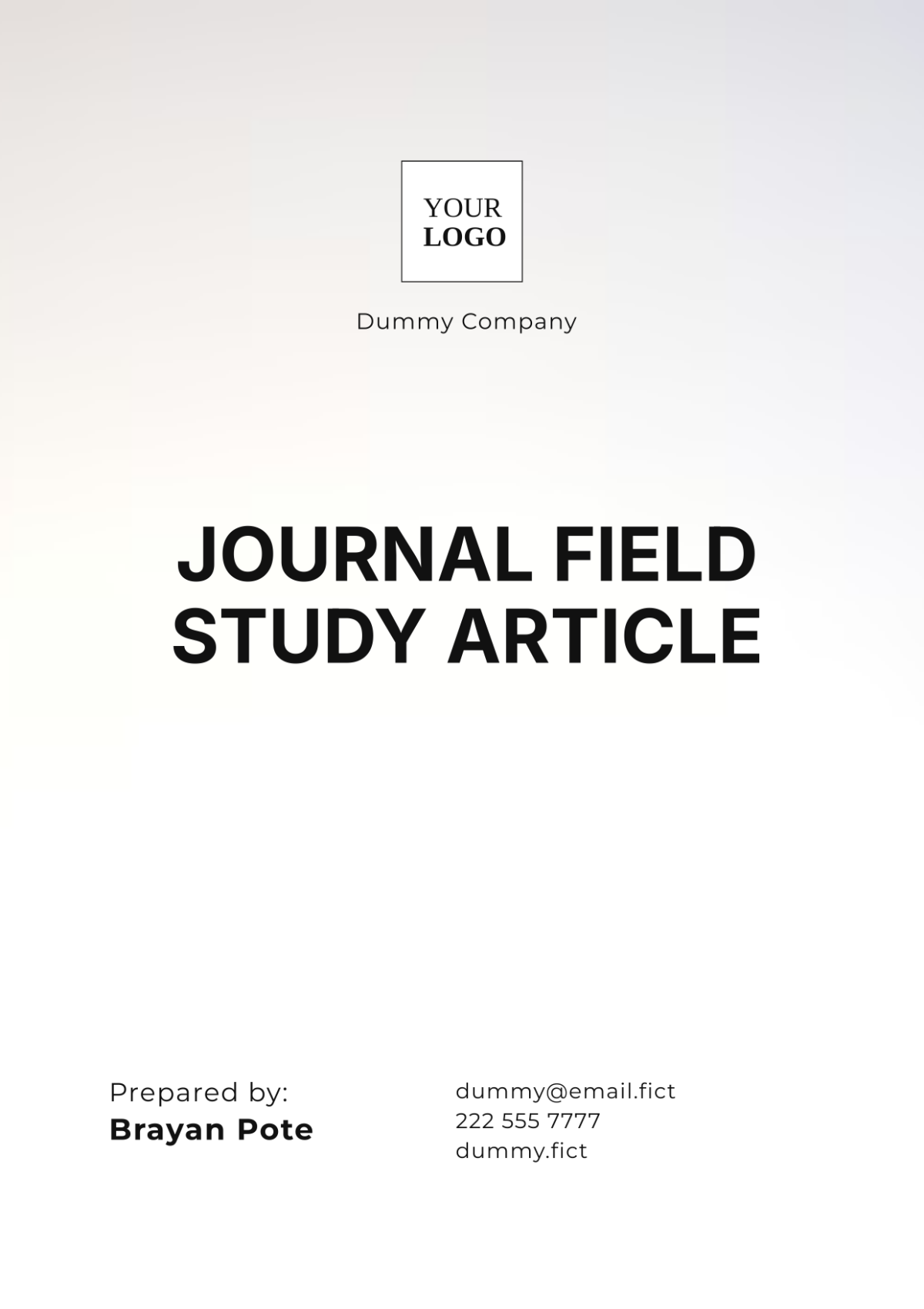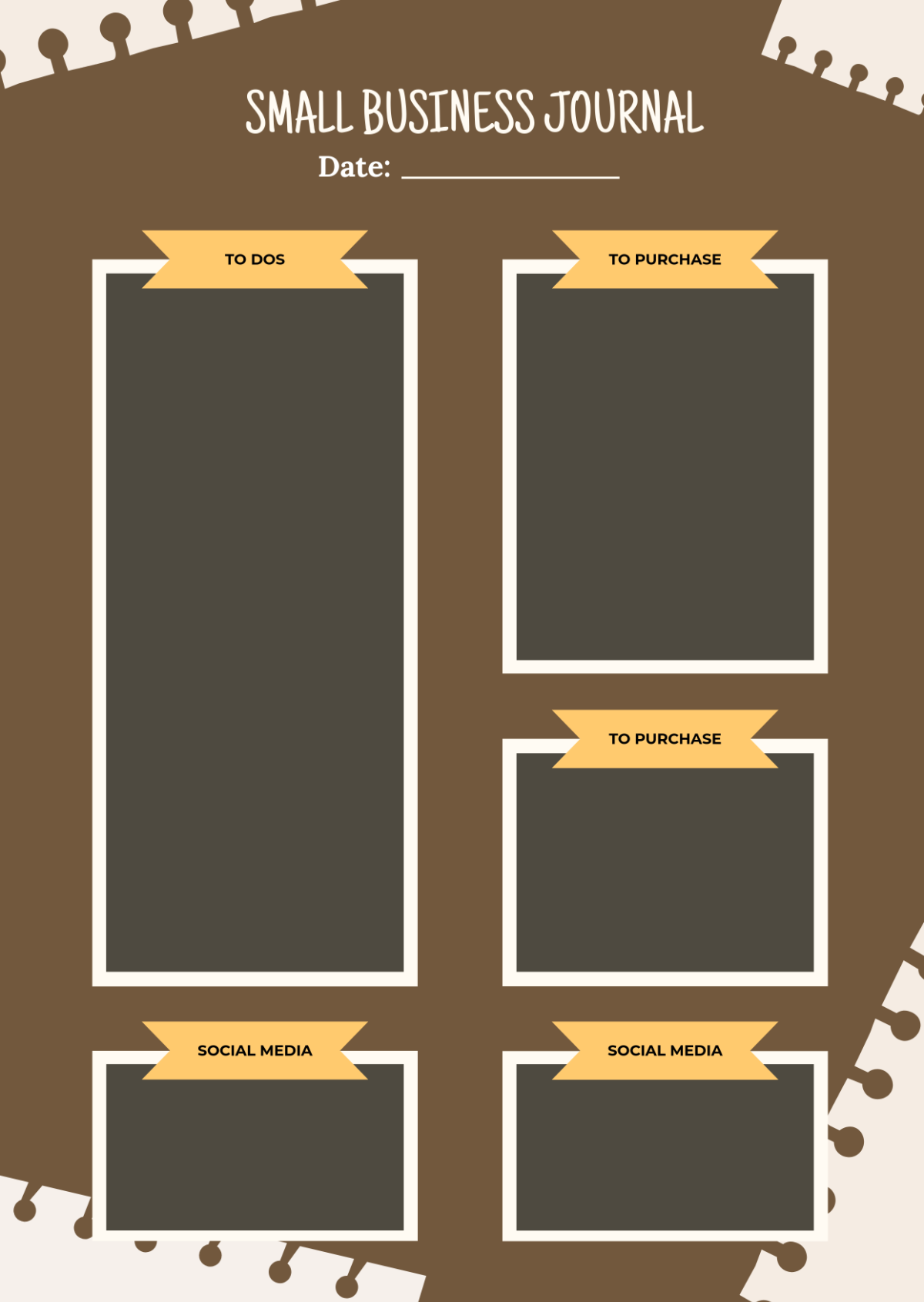Free Journal Editorial Article Template
Journal Editorial Article
The Evolving Landscape of Journal Editorial Articles
Written By: [Your Name]
I. Introduction
Journal editorial articles have historically been a cornerstone of academic publishing, offering a forum for scholarly commentary, critical analysis, and the discussion of emerging trends. As academic publishing evolves in response to technological advances and changing scholarly practices, so too does the role and format of editorial articles. This article explores these transformations, examining the evolving roles of editorial articles, the historical context, current trends and innovations, and the challenges and opportunities that lie ahead.
II. The Role of Journal Editorial Articles
Editorial articles are pivotal within academic journals for several reasons:
Contextualization: Editorials provide readers with a framework for understanding the research articles published in the issue. They often highlight the significance of the research, set the agenda for discussion, and provide a broader context.
Framing Discourse: These articles reflect on the state of the field, contribute to ongoing debates, and sometimes provoke new discussions. They help to position the research within larger academic and societal conversations.
Guidance for Future Research: Editorials can identify gaps in current knowledge and suggest future research directions, thus influencing the trajectory of scholarly inquiry.
Influencing Policy and Practice: As academic research increasingly intersects with real-world issues, editorial articles can shape policy debates and practice by making research findings accessible to policymakers and practitioners.
III. Historical Perspective
Traditionally, editorial articles were the domain of senior scholars or journal editors, who set the tone for the issue and provided authoritative commentary. These pieces were often positioned at the beginning of journal issues, reinforcing their role as a prelude to the research articles. Over time, the scope of authorship has expanded, allowing for greater diversity in perspectives. This shift has enriched the discourse and reflected the increasingly collaborative and interdisciplinary nature of modern research.
IV. Current Trends and Innovations
Recent years have seen significant changes in the format and content of editorial articles:
Digital Media: The advent of digital publishing has enabled the integration of multimedia elements into editorial articles. Videos, podcasts, and interactive infographics now complement traditional text, making editorials more engaging and accessible.
Interdisciplinary Collaboration: The rise of interdisciplinary research has led to more collaborative editorial pieces. This trend brings together diverse perspectives and expertise, resulting in more comprehensive and multifaceted analyses.
Open Access: The shift towards open-access publishing has democratized access to editorial articles, broadening their audience beyond the academic community. This has led to editorial content that is more inclusive and geared towards a wider readership, including policymakers, practitioners, and the general public.
Increased Interactivity: Modern editorials often invite reader interaction, such as comments and discussions, facilitated by digital platforms. This interaction can foster a more dynamic exchange of ideas and feedback.
V. Challenges and Considerations
Despite these advancements, several challenges persist:
Maintaining Credibility: As authorship becomes more diverse, maintaining the credibility and authority of editorial articles is crucial. Ensuring rigorous editorial oversight and vetting processes is essential to uphold the integrity of these pieces.
Resource Allocation: The integration of new media and technologies requires investment in digital literacy and resources. Journals with limited funding may struggle to keep pace with these demands.
Ethical Standards: Upholding ethical standards is critical. Editorials must be transparent about potential conflicts of interest, and editorial independence must be preserved to maintain trust within the academic community.
Balancing Inclusivity with Authority: While inclusivity enriches discourse, balancing it with authoritative analysis requires careful editorial judgment. Ensuring that diverse voices contribute meaningfully without compromising the quality of commentary is a significant challenge.
VI. The Future of Editorial Articles
Looking forward, the landscape of journal editorial articles is set for further transformation:
Technological Integration: Emerging technologies, such as artificial intelligence (AI) and machine learning, have the potential to revolutionize editorial processes. AI could assist in trend identification and data analysis, providing new insights and enhancing the editorial process. However, human expertise will remain essential to ensure the depth and context of editorial content.
Global and Interdisciplinary Perspectives: As global challenges become increasingly complex, editorial articles that integrate international and interdisciplinary perspectives will be vital. Such editorials can address global issues more effectively and foster a more interconnected academic community.
Enhanced Engagement: Future editorial articles may feature even more interactive elements, including virtual reality (VR) experiences or real-time data visualizations. These innovations could further enhance reader engagement and understanding.
VII. Conclusion
Journal editorial articles continue to be a fundamental component of academic publishing. As the field evolves, these articles must adapt to new formats, audiences, and technologies while preserving their role as authoritative sources of commentary and guidance. By embracing innovation and inclusivity, editorial articles can enhance their relevance and impact, contributing meaningfully to the advancement of knowledge and societal progress.
















































